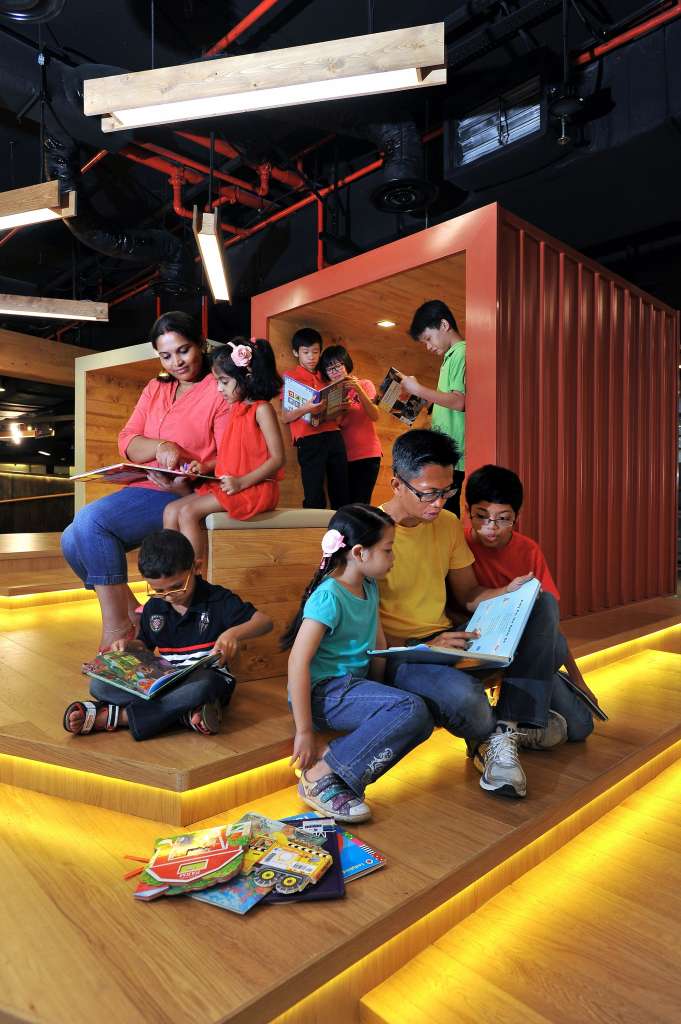Content provided by National Library Board
The Ministry of Education through the years
This article was originally published in HistorySG, an online resource guide.
Sign up now: Get tips on how to help your child succeed

PHOTO: NLB
Follow topic:

Replacing the previous Department of Education, the Ministry of Education (MOE) was established in 1955 by Singapore's newly elected Labour Front government headed by David Marshall.
Chew Swee Kee was appointed the first minister for education, and was sworn in with the rest of the cabinet on 7 April 1955. R. M. Young was appointed permanent secretary for education.
In its early years, MOE faced the task of charting a new course for education in Singapore and carrying out the necessary reforms.
One of the pressing issues was the unrest in the Chinese schools, which had culminated in the involvement of Chinese students in the Hock Lee bus riot on 12 May 1955.
Having been appointed by the government to investigate the situation in Chinese schools, Chew chaired the All-Party Committee on Chinese Education in Singapore.
The committee released its report on 7 February 1956.
This was closely followed by the government's White paper on Education Policy published on 12 April 1956 and which largely echoed the views expressed by the all-party committee. These laid out MOE's plans for education reform and the principles behind them.
Many of these early reforms were in line with the government's broader sociopolitical policies.
In particular, the government was trying to foster Malayan nationalism, and saw schools as the foundation for this.
Among the key changes were the implementation of a Malayan-centred syllabus and textbooks for use in schools, and the nationalisation of communal schools. Bilingual education was also introduced to enhance social cohesion among the different races.
MOE also followed through with the white paper's call for equal treatment of all schools regardless of their language medium.
On Chew's recommendation, the government enacted the Education Ordinance on 13 December 1957. The legislation, still in force today as the Education Act, laid the basis for equality in education.
Besides implementing a common Malayan syllabus, the government also extended a full grant-in-aid offer to all schools that met its requirements, and standardised teacher salaries, school infrastructure and equipment across government and aided schools - a big step towards bringing parity to all schools.
In response to the increasing number of children reaching school-going age, MOE prioritised the construction of schools and training of teachers under its expansion programme.
The construction of seven primary schools and one secondary school was completed in 1955.
In 1957, double-session schooling was introduced - one session in the morning and another in the afternoon - which allowed schools to accommodate a larger enrolment of students.
Concerned that education in Singapore was becoming too academic, MOE set out to create more institutions for vocational education.
In 1956, it established two technical secondary schools and a secondary commercial school as well as a Joint Advisory Council for Apprenticeship Training. In 1958, it opened the Singapore Polytechnic.
By 1959, MOE was able to offer 1,820 places in vocational and technical schools.
In 1959, the People's Action Party (PAP) formed the new government of Singapore after its victory in the general election. Yong Nyuk Lin was appointed the minister for education.
Under the PAP government, MOE aligned its policies to four guiding principles: equal treatment to the four education streams; acceptance of Malay as a national language; emphasis on the study of languages, mathematics, science and technical subjects; and mass literacy adult education.
MOE reported that Singapore's total enrolment in 1959 was 272,254 for primary and 48,723 for secondary.
There were 10,590 registered teachers.
The information in this article is valid as at July 2015 and correct as far as we are able to ascertain from our sources. It is not intended to be an exhaustive or complete history of the subject.
For references and further resources on the topic, click here.

